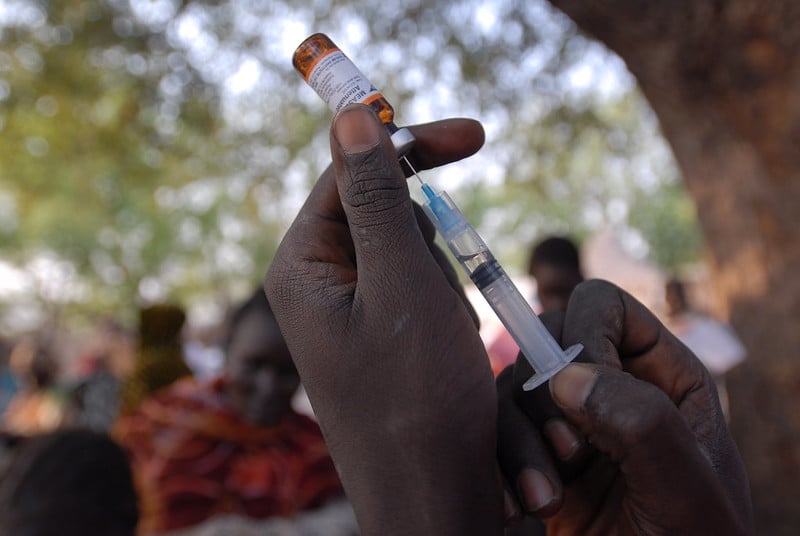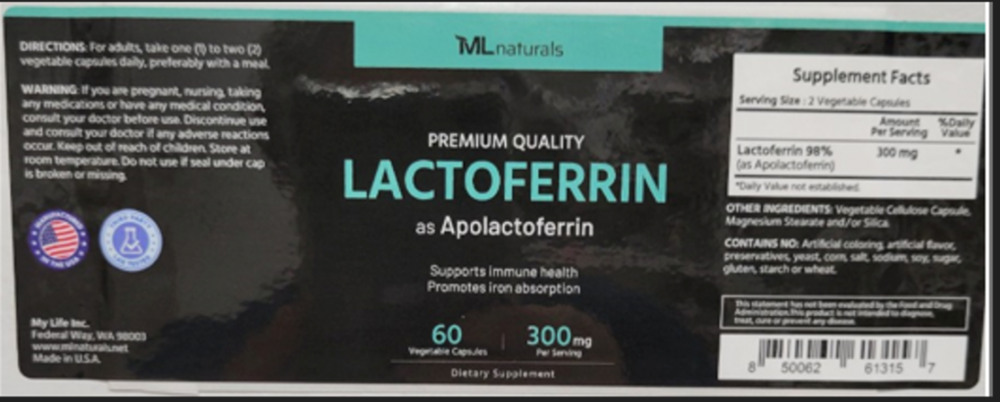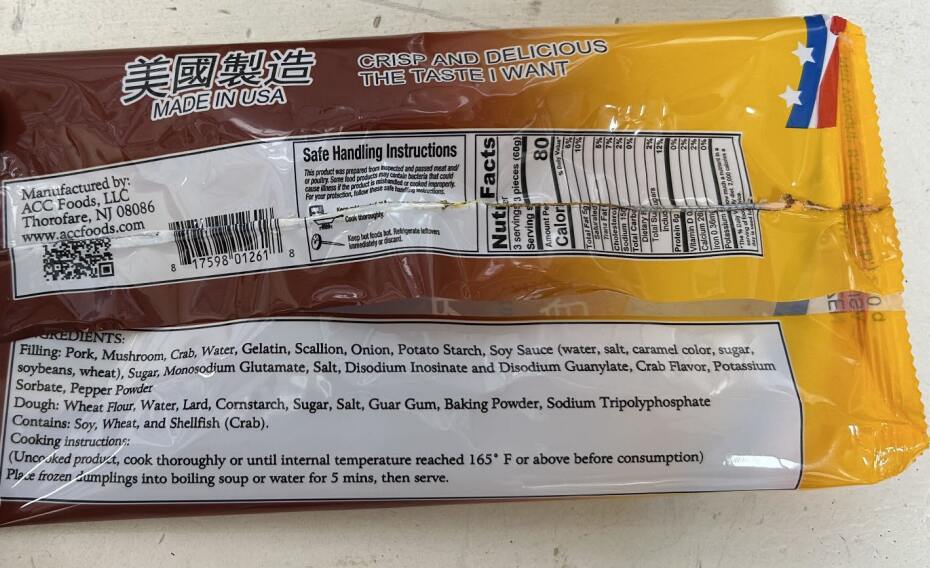Two children have died, and hundreds are sick as measles spreads rapidly across Texas and beyond, putting a spotlight on falling vaccination rates and the resurgence of a disease once thought eliminated in the United States.
The latest figures from Texas health authorities show the measles count has reached 646 since the outbreak began in early 2025, with nearly two dozen additional infections confirmed in the past week alone. The outbreak has pushed the national total to 884 cases across 30 jurisdictions – triple the number reported in all of 2024.
“This is a nightmare,” said Dr. Donna Persaud, pediatrician and medical director for Parkland Health.
A Deadly Return
The human toll is mounting. The outbreak has turned deadly, claiming the lives of two young students in the western part of Texas who had not received measles vaccines. Health officials confirmed both children were otherwise healthy before contracting the disease. Reports indicate the victims were elementary school students, aged 8 and 6. In New Mexico, an unvaccinated adult has also died.
Sixty-four Texans have been hospitalized during the outbreak. Health officials estimate only about 1% of total cases – fewer than 10 people – remain actively infectious.
The epicenter is Gaines County in West Texas, where 393 cases have been confirmed in a population of just 22,892 residents. Health investigators traced the initial outbreak to a close-knit religious community with low vaccination rates in the area, from which it subsequently spread to surrounding regions.
Why Now?
Public health officials had previously announced the elimination of measles in America at the turn of the century, following years of successful vaccination campaigns. Before the vaccine was introduced in 1963, measles infected 3-4 million Americans annually.
The current outbreak reveals cracks in that protection. The vast majority of cases – 97% – are occurring in people who are unvaccinated or have unknown vaccination status.
“The measles vaccine is the most robust and protective of all of them. Two vaccines are 97% protective,” Dr. Persaud explained.
Vaccination rates have declined nationwide since the pandemic. Data from the hardest-hit region shows approximately one in seven school-age children received exemptions from at least one mandatory immunization during the previous academic year. This percentage likely underestimates the true number, as it excludes many children educated at home.
Similar Posts
Beyond Texas Borders
The outbreak has spread beyond Texas. Neighboring New Mexico has documented over five dozen infections, with laboratory analysis establishing a direct connection to the Texas cases. The virus has also reached Mexico, with 605 cases reported in the state of Chihuahua.
Health departments across eight additional states are battling their own clusters of measles infections, including areas in the Midwest, Great Plains, and Appalachian regions where multiple related cases have emerged. Canada is dealing with its own large outbreak in Ontario, which has reported 1,020 cases since mid-October.
Why Measles Matters
Measles spreads with remarkable efficiency. The virus can survive in the air for two hours, and up to nine out of ten unprotected people will catch it if exposed.
The disease first attacks the respiratory system with symptoms that include high fever, runny nose, cough, and red, watery eyes. A distinctive rash appears three to five days later, spreading from the face downward.
What makes control difficult is that people become contagious four days before showing symptoms.
Dr. Persaud emphasized that individuals become contagious before showing symptoms, with the contagiousness rate in the high 90% range. She pointed out that simply being in the same airspace is enough for transmission, which makes tracking exposures particularly challenging.
While most children recover, measles can cause serious complications including pneumonia, blindness, and brain swelling.
Protection Through Vaccination
The MMR (measles, mumps, rubella) vaccine remains highly effective. The first dose is recommended between 12-15 months of age, with a second dose between ages 4-6.
For adults uncertain about their immunity, Dr. Persaud advised that those born before 1957 most likely contracted measles naturally and have lifetime immunity. She clarified that individuals with documented measles vaccination or previous infection are also protected. For those who are unsure, she recommended consulting with a doctor.
“There’s virtually no harm to that. And you would be not worrying about yourself and not worrying about transmitting it to others,” she said about vaccination.
Health experts worry this outbreak could stretch on for a year, particularly as it continues finding pockets of unvaccinated individuals. Their message is clear: the best protection against measles remains timely vaccination.
According to Dr. Persaud, the best thing parents can do for their children is to have them fully immunized, protecting them from illnesses that could potentially shorten their lives or cause lasting disabilities.
Frequently Asked Questions
Yes, measles remains a serious threat despite being declared eliminated in the U.S. in 2000. In 2025, we’re seeing a significant resurgence with 884 confirmed cases across the country—triple the number reported in all of 2024.
The current outbreak is centered in Texas with 646 cases, but has spread to multiple states. The disease is highly contagious and can cause severe complications, including death. The recent deaths of two unvaccinated children in Texas highlight the continued danger this preventable disease poses.
Measles is extremely contagious—up to 9 out of 10 unprotected people will catch it if exposed. The virus spreads through the air when an infected person breathes, coughs, or sneezes, and can survive in airspaces for up to two hours.
What makes control particularly challenging is that infected people become contagious about four days before showing any symptoms, including the characteristic rash. This means people can spread the disease before they even know they’re sick.
The MMR (measles, mumps, rubella) vaccine is highly effective. Two doses provide approximately 97% protection against measles infection. In the current outbreak, about 97% of cases have occurred in people who are unvaccinated or have unknown vaccination status, demonstrating the vaccine’s effectiveness.
Medical experts emphasize that complications from the measles virus itself are far more common and severe than any potential side effects from the vaccine. The vaccine has been safely used for decades and has prevented millions of cases worldwide.
Measles typically begins with high fever, cough, runny nose, and red, watery eyes. Small white spots (Koplik spots) may appear inside the mouth 2-3 days after symptoms begin.
The most recognizable symptom—a red, blotchy rash—usually appears 3-5 days after the initial symptoms, beginning on the face and spreading downward to the neck, trunk, arms, legs, and feet. When the rash appears, a person’s fever may spike to more than 104°F.
While many recover from measles, it can cause serious complications including pneumonia, encephalitis (brain inflammation), and even death, particularly in young children and those with weakened immune systems.
You’re likely protected against measles if:
– You were born before 1957 (you probably had natural measles infection and have lifetime immunity)
– You have written documentation of adequate vaccination (one dose for adults, two doses for school-aged children)
– You have laboratory confirmation of past measles infection or immunity
If you’re unsure about your vaccination status, consult with your healthcare provider. They may recommend getting vaccinated, as receiving another dose is safe even if you’re already immune.
If you believe you’ve been exposed to measles and are not immune:
1. Call your healthcare provider immediately—don’t just show up at a medical facility where you could expose others
2. If you’re not vaccinated, getting the MMR vaccine within 72 hours of exposure may provide some protection
3. Stay home and away from others, especially those at high risk (infants, pregnant women, people with weakened immune systems)
4. Watch for symptoms for 21 days after exposure
5. If symptoms develop, call your healthcare provider right away and follow their instructions to prevent spreading the disease


















